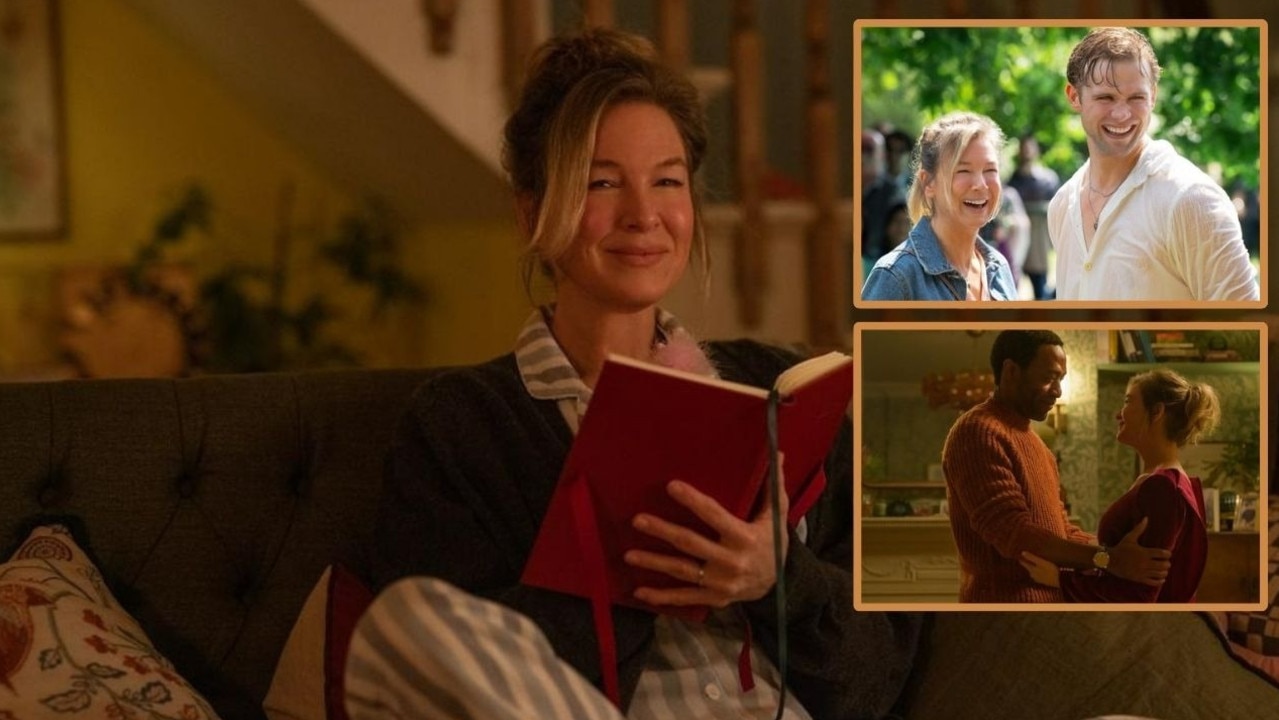Meanjin A-Z: Fine Fiction, 1980 to Now, short stories that reveal us
An anthology of short stories from some of our best-known writers interrogates the Australian self.
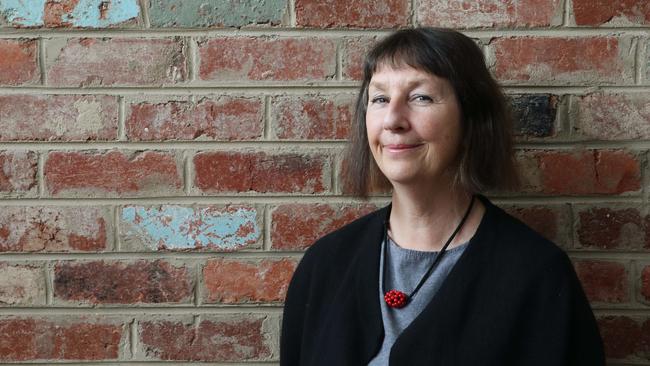
Here’s a test for those with an interest in the history of Australia’s cultural cringe. Read this new Meanjin anthology of the best Australian short fiction to have appeared in the journal’s pages over the past four decades in chronological order. Your aim: to establish the exact point in time when that old joke of Frank Moorhouse’s — Meanjin is an Aboriginal word, meaning rejected by The New Yorker — stopped making sense.
Arguably, it never did. Since the magazine’s inception in the mid-1940s, it has published some of the best short fiction by Australian authors, from Marjorie Barnard to Peter Carey, Vance Palmer to Ellen van Neerven. These are four random examples, yet each of them is idiosyncratically, even incorrigibly, antipodean in approach. They sought and still seek to shape a local reality, in the hope that others who share that reality might recognise it and be moved by that recognition.
Offshore inspiration tends to buckle into weird new shapes when it comes into contact with Australian space. Or else dissolve entirely. And while Palmer was an avowed nationalist, keen to assemble a distinct Ozlit canon, and Carey eventually became a cosmopolitan refugee to New York, overseas recognition seems a secondary by-product of this principal urge: an afterthought following waking from our continent’s dream.
This anthology, in its ranging across time and subject, and in the catholicity of stylistic approaches or angles of attack on display, is further refutation, if it were needed, of the idea that the Australian short story might exist only as a pallid echo of some northern hemisphere ideal.
It is filled with narratives that interrogate — mercilessly, lovingly — what and how it is to be an Australian self. They admit an obsessive interest in the texture and tone of home ground.
Here, for example, is Rosalie Ham’s contribution, Isolation, a brutal wisecrack of a story from the Spring 2002 edition. It is about the friendship between two girls in a small country town during the 1960s, in the midst of one of the region’s intermittent mice plagues:
There was this 44-gallon drum in the shed with the top end cut off. It was packed with wheat to feed my brother’s chooks and millions of mice from the plague were living in there. We got some old drainage pipe and banged the sides of the drum and that sent the mice crazy. They ran from side to side and we jabbed at them with the downpipe like two African women pounding wheat, chopping the mice into chunks. We got splattered with blood and bits of soft, shiny fur so we turned the sprinkler on and ran through it again and again, then we ran as fast as we could to sit on top of the silos in the sun until our tops dried and you couldn’t see Tess’s breasts any more. We laughed and laughed.
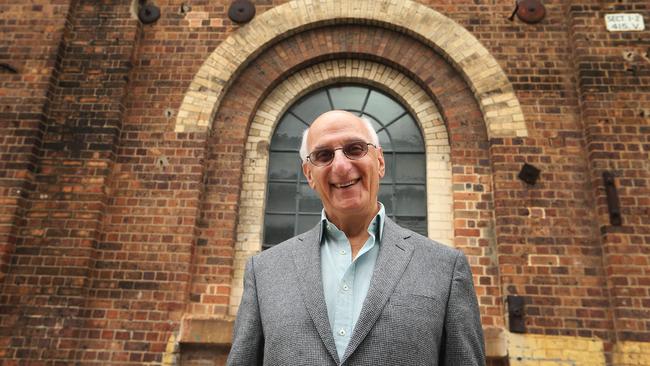
And here is another, from David Malouf’s long account of one old woman’s revelation of an extraordinary life, A Traveller’s Tale from 1982, that is equally concerned with narrating how Australian space is filled:
Poor white country. Little makeshift settlements, their tin roofs extinguished with paint or still rawly flashing, huddle round a weatherboard spire. Spindly windmills stir the air. There are watertanks in the yards, half-smothered under bougainvillea; sheds painted a rusty blood-colour, all their timbers awry but the old nails strongly holding, slide sideways at an alarming angle; and everywhere, scattered about on burnt-off slopes and in naked paddocks, the parts of Holdens, Chevvies, Vanguards, Pontiacs, and the engines of heavy transports, spring up like bits of industrial sculpture or the remains of highway accidents awaiting a poor man’s resurrection. A tin lizzie only recently taken off the road suddenly explodes and takes wing as half a dozen chooks come squarking and flapping from the sprung interior.
“Nothing is ever finished here,’’ concludes the story’s narrator, ‘‘but nothing is done with either. Everything is in the process of being dismantled, reconstructed, recycled, and turned by the spirit of improvisation into something else. A place of transformations.’’
What is interesting about Malouf’s contribution is the degree to which this slight, transient human superstructure is seen as perched on top of land that is ancient, land that partakes of deep time, like some great geological imperative that shapes its residents without their knowledge or consent. It’s a method that suggests great taproots of narrative operative beneath and about the residents: a landscape pregnant with meaning, but one laying beyond Europeans’ psychological or linguistic ken.
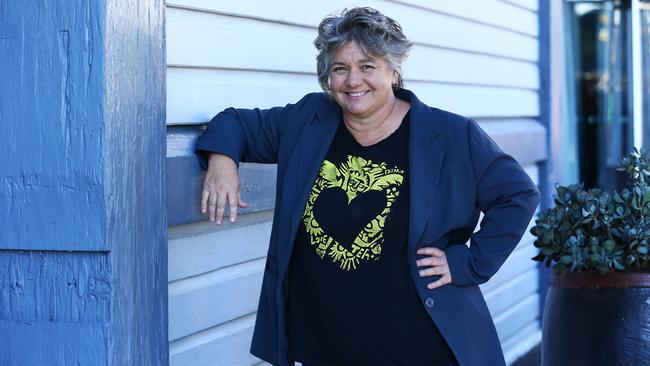
The gap between authentic inhabitation and questions of social justice underpin stories such as Melissa Lucashenko’s 2001 contribution, Sissy Girl. It is a fragment of first-person demotic, told by an Aboriginal girl in Boggo Road Jail in Brisbane, having unwittingly taken part in a bank robbery after going on a joy ride with a boy she liked. The passage that follows describes a suicide attempt close to her 14th birthday, while in juvenile detention:
I had this blade someone swapped me for a tape, and I got it out and I was just looking at it, eh, thinking about how I’d do it if I was gonna. I remember holding it on me arm, not doing it, just sorta wondering. Next thing, there was blood all over the cell, and someone hitting the button going get the screws, get the f. ken screws! They never come for about ten minutes but, and I just felt all weird. They reckon in books that it don’t hurt till later on. What a loada crap, it hurt like all f. k. But they had to take me up the hospital, so that was one good thing, anyway, got me outta Melrose Place for the night.
There is little of Malouf’s elegance at work here, just the jagged edge of one teenage consciousness. The poetry here is in the ferocity of her recollection.
The paradox of this account, however, is that the narrator suggests from the get-go that it is white people she feels sorry for. Having met an older woman in prison, one who knows her people and something of their lore, the girl begins an initiation into Murri culture. This door is one that the rest of us may not walk through. It is the same closed region that Malouf describes, however altered in register.
It isn’t only Aboriginal Australia that narrates its ambivalence towards mainstream white culture in this collection. Lily Brett’s Malka, from 1989, immerses us in the Jewish enclaves of Melbourne at a moment in which the children of Holocaust survivors were reckoning the gap between generations.
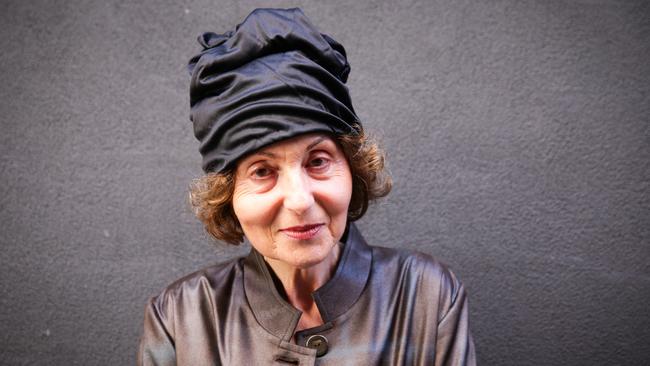
To what extent, our eponymous narrator asks, should we younger women and men enjoy the access to broader Australian society, with its attendant wealth, shallowness and easy hedonism, won for us by our parents, when they remain trapped in the traumas of the past?
Likewise, in John Kinsella’s 2009 contribution, In the Shade of the Shady Tree, small-town Western Australia becomes the ground zero of a fight over an old fig, beneath whose branches generations of townsfolk have met and mingled.
When a bitter local made good decides to remove the tree to make way for a fast-food place, a battle between older Aussie decencies and neoliberal greed is joined.
Viewed in the round, Meanjin editor Jonathan Green’s curation of recent local fiction from the journal may be seen as a series of swerves away from the front office of Australian society.
It is as though literature operates as a form of patriotism from beneath, inhabiting and illuminating the lives of those Others the mainstream defines itself in opposition to.
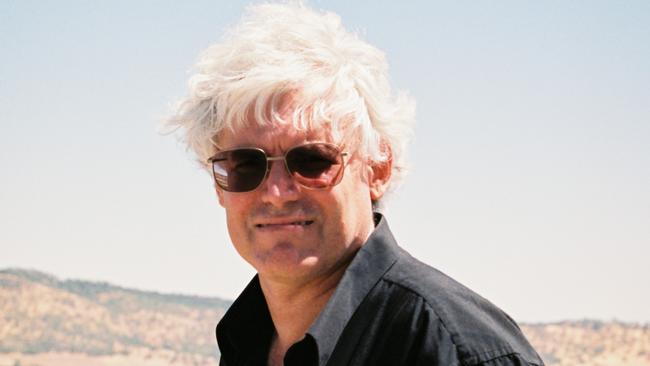
Whether asking questions in relation to race, class, sexuality, economy, or politics, these stories are linked by a passionate adherence to scepticism, a determined indeterminacy.
Nothing is settled, they seem to say, nothing is final: our fragmentary nature as narratives is of a piece with individuals’ place in a society — a nation of individual privacies, briefly caught in the headlights of authorial attention.
At a moment when technology permits total surveillance of a kind unprecedented in history, the sense of mystery, of the incommunicable aspects of any human self, comes as a kind of comfort — even a form of resistance to change. The accumulation of data that occurs when each and every one of us employs digital technology is the emerging event of our time. Coupled with artificial intelligence, the persuasive power of advertising and rolling revolutions in logistics, market democracy is morphing into surveillance capitalism: a regime in which individuals are no more than the sum of their clicks.
So one of the glories of collections such as this one is the provision of humanist antidote. These stories return us to a sense of place and people. They capture values and dreams that slip through the quantitative sieve of data mining. They reconnect individuals with affiliations, communities, ways of speaking outside the mainstream.
And, most importantly, these stories are intended as gifts rather than commodities to be sold (the economics of short-story writing in Australia, in particular for literary journals, has only the slenderest relationship to the marketplace). Their value increases only through broad circulation. As author, editor and anthropologist Lewis Hyde put it: “A market exchange has an equilibrium or stasis: you pay to balance the scale. But when you give a gift there is momentum, and the weight shifts from body to body.’’
These stories recall us to the idea of literature as a form of democracy: a community linked by narrative and called by narrative to expand its circle of care and concern.
Geordie Williamson is The Australian’s chief literary critic.
Meanjin A-Z: Fine Fiction, 1980 to Now
Edited by Jonathan Green
MUP, 225p, $29.99


